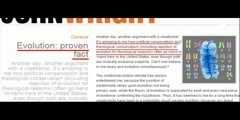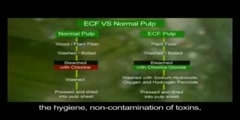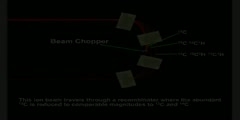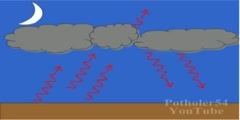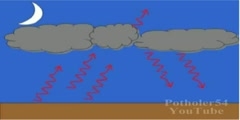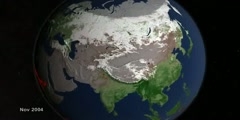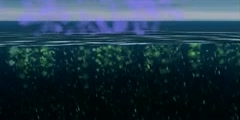Lec 28 - Global Warming (continued)
"Lec 28 - Global Warming (continued) " The Atmosphere, the Ocean and Environmental Change (GG 140) The current Holocene epoch is considered to be a time period of relatively stable climate compared to earlier geological periods. Still, some significant changes in temperature and sea level did occur. These climatic fluctuations include the Medieval Warm Period and the Little Ice Age, and more recently global warming. Temperature data for the 20th century shows a strong warming from about 1970 to the present day, typically associated with anthropogenic forcing including greenhouse gas and aerosol emissions. Volcanic eruptions also caused slight variations in the climate during the 20th century (e.g. Pinatubo in 1991). Aerosols released during a volcanic eruption are quickly distributed around the globe and act to increase the atmospheric albedo and block solar radiation. Therefore volcanic eruption signatures in climate data appear as short term decreases in temperature. General circulation models have been used to simulate the climate of the 20th century using both natural and anthropogenic climate forcings. These models indicate that anthropogenic forcings are likely responsible for the most recent rise in temperature. 00:00 - Chapter 1. The Holocene as a Climatic Reference Period 04:47 - Chapter 2. Medieval Warm Period 06:03 - Chapter 3. Little Ice Age 06:43 - Chapter 4. Year without a Summer 13:55 - Chapter 5. Recent Amelioration 19:45 - Chapter 6. Factors that Influenced the Climate of the 20th Century 40:07 - Chapter 7. Observed Changes during the 20th Century? Complete course materials are available at the Open Yale Courses website: http://oyc.yale.edu This course was recorded in Fall 2011.
Video is embedded from external source so embedding is not available.
Video is embedded from external source so download is not available.
Channels: Environmental engineering
Tags: Lec 28 - Global Warming (continued)
Uploaded by: yaleatmoocenchng ( Send Message ) on 13-09-2012.
Duration: 43m 56s
Here is the next lecture for this course
Lec 29 - Global Warming (continued)
48:02 | 2879 viewsGlobal Warming Caused by Humans
09:01 | 5283 viewsEVOLUTION and GLOBAL WARMING (A Suspiciou ...
04:02 | 4276 viewsGlobal warming and biodegradable food pac ...
09:43 | 6842 viewsGlobal Warming
00:41 | 3999 viewsGlobal warming: contributiion of cosmic ray
07:15 | 4314 viewsCosmic Rays Responsible For Global Warming
07:15 | 2386 viewsLec 27 - Global Warming
46:44 | 2764 viewsTen Years of Global Fire Observations
01:24 | 3837 viewsThe Global Hawk Eyes
02:54 | 3391 viewsClimate Change & The Global Ocean in Eart ...
05:15 | 7320 viewsLec 122 - Rockefeller Foundation's Judith ...
59:24 | 2670 viewsLec 9 - Biology 1B - Global Ecology and ...
44:17 | 3748 viewsLec 1 - Towards a Global Scale Public Com ...
01:31:15 | 2501 viewsLec 10 - Global Health Challenges in the ...
01:44:46 | 3193 viewsNo content is added to this lecture.
Lecture list for this course
Lec 1 - Introduction to Atmospheres
Lec 2 - Retaining an Atmosphere
Lec 4 - Vertical Structure of the atmosphere; Residence Time
Lec 5 - Earth Systems Analysis (Tank Experiment)
Lec 6 - Greenhouse Effect, Habitability
Lec 9 - Water in the Atmosphere I
Lec 10 - Water in the Atmosphere II
Lec 11 - Clouds and Precipitation (cloud chamber experiment)
Lec 12 - Circulation of the Atmosphere (Exam I review)
Lec 13 - Global Climate and the Coriolis Force
Lec 14 - Coriolis Force and Storms
Lec 18 - Seasons and Climate Classification
Lec 19 - Ocean Bathymetry and Water Properties
Lec 20 - Ocean Water Density and Atmospheric Forcing
Lec 22 - Ocean Currents and Productivity
Lec 24 - Ice in the Climate System
Lec 25 - Ice and climate change
Lec 26 - Isotope Evidence for Climate Change
Lec 29 - Global Warming (continued)
Lec 30 - Climate Sensitivity and Human Population
Lec 31 - The Two Ozone Problems


